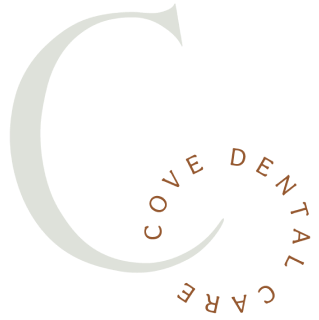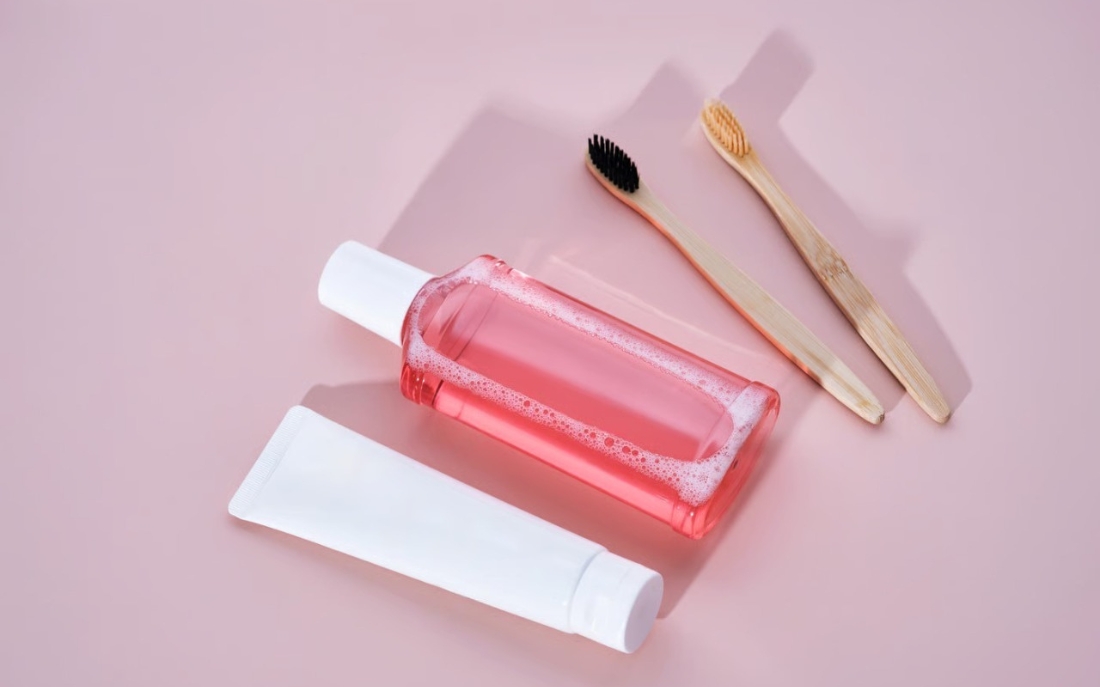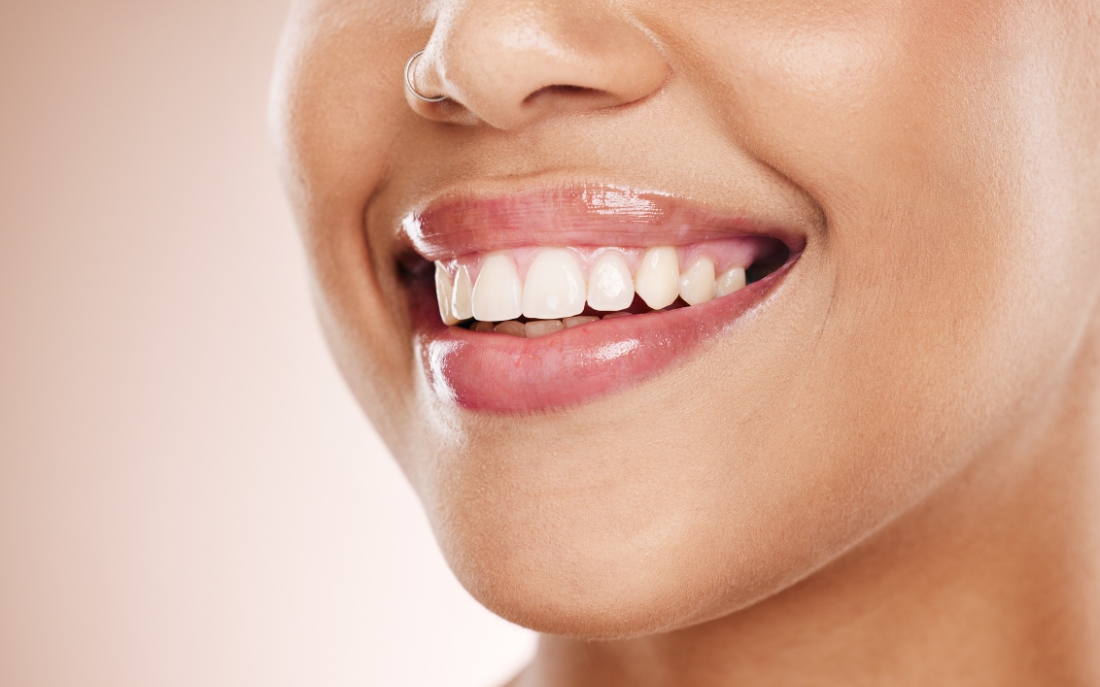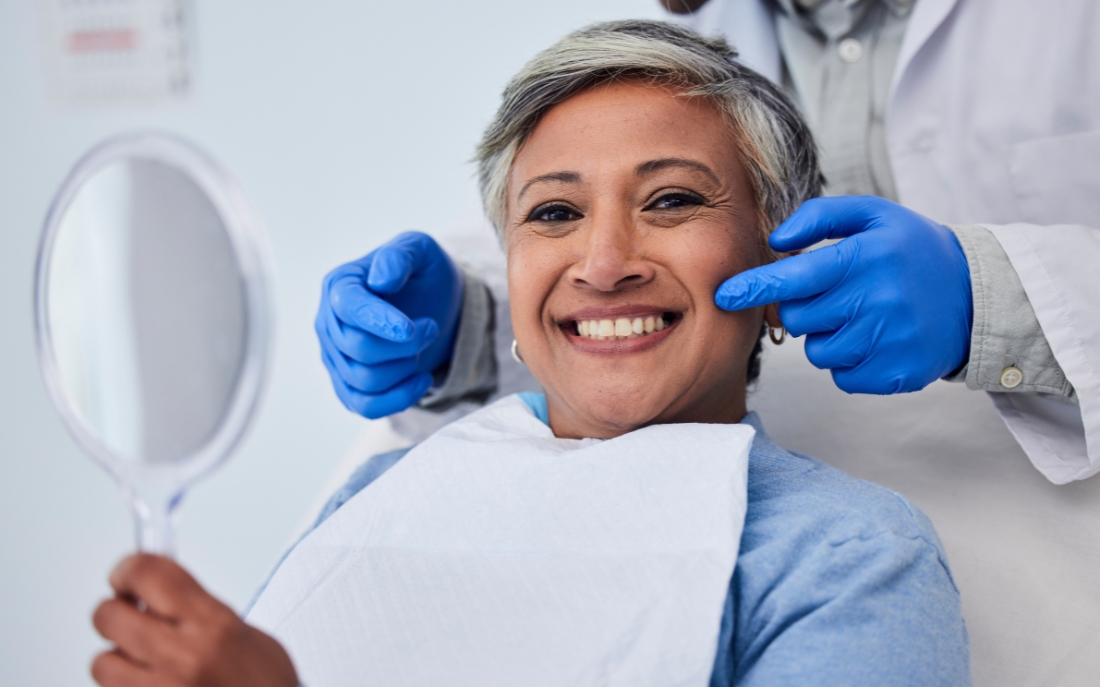Use of Whitening Toothpaste and Mouthwash


A bright, white smile can boost confidence and make a great impression. With so many whitening products available, achieving those pearly whites has never been easier. Whitening toothpaste and mouthwash are among the most popular choices, promising to remove stains and brighten teeth with regular use. But how effective are they, and what should you consider before adding them to your routine? If you’re curious about how these products work and whether they’re right for you, keep reading to explore the world of whitening toothpaste and mouthwash, and discover how to achieve and maintain a radiant smile.
Understanding Whitening Toothpaste
How Whitening Toothpaste Works
Whitening toothpaste contains mild abrasives, chemicals, or polishing agents that help remove surface stains. These ingredients gently scrub away the discoloration caused by food, drinks, and tobacco. Some whitening toothpaste also includes peroxide, a bleaching agent that can lighten tooth color.
Pros of Whitening Toothpaste
Whitening toothpaste offers several benefits. It’s easy to use, fits seamlessly into your daily oral care routine, and is readily available at most stores. Moreover, it can help maintain the results of professional whitening treatments. Regular use of whitening toothpaste can prevent new stains from forming, keeping your smile bright.
Potential Drawbacks
While whitening toothpaste can be effective for surface stains, it may not work as well for deeper discoloration. Additionally, some people might experience increased tooth sensitivity or gum irritation, especially if the toothpaste is used too frequently. It’s essential to choose a product that suits your needs and follow the instructions carefully to avoid potential issues.
Exploring Whitening Mouthwash
How Whitening Mouthwash Works
Whitening mouthwash often contains hydrogen peroxide or carbamide peroxide, which helps to bleach teeth and reduce stains. These mouthwashes also freshen breath and kill bacteria, contributing to overall oral health. Regular use can lead to gradual whitening of teeth over time.
Benefits of Whitening Mouthwash
One of the main advantages of whitening mouthwash is its convenience. It’s a simple addition to your oral care routine and can be used quickly after brushing and flossing. Whitening mouthwash can also reach areas that might be missed by brushing alone, providing a more comprehensive clean.
Limitations and Considerations
However, whitening mouthwash is not a quick fix. It often takes several weeks of consistent use to see noticeable results. Additionally, like whitening toothpaste, mouthwash may not be effective for all types of stains, particularly those that are deeper or more stubborn. Some users might experience irritation or dryness in the mouth, so it’s crucial to monitor your reaction and adjust usage accordingly.
Combining Whitening Toothpaste and Mouthwash
Creating a Whitening Routine
Using both whitening toothpaste and mouthwash can enhance the overall whitening effect. When combined, these products can tackle surface stains more effectively and help maintain a brighter smile. Start by brushing with whitening toothpaste, followed by a rinse with whitening mouthwash. This routine can be particularly beneficial after consuming stain-causing foods or drinks.
Professional Advice
It’s always a good idea to consult with a dental professional before starting any whitening regimen. Your dentist can recommend products that suit your needs and ensure that your teeth and gums remain healthy throughout the process. They can also provide tips on how to maximize the benefits while minimizing potential side effects.
Safety and Efficacy
Ingredients to Watch For
When selecting whitening products, pay attention to the ingredients. Look for toothpaste and mouthwash that contain safe and effective whitening agents like peroxide. Avoid products with overly harsh abrasives, as they can damage enamel over time. Fluoride is another essential ingredient, as it helps protect against cavities and strengthens enamel.
Monitoring Results
Track your progress and be patient. Whitening toothpaste and mouthwash work gradually, and it may take several weeks to notice significant changes. If you don’t see the desired results or experience discomfort, consider adjusting your routine or seeking professional advice.
Alternatives to Whitening Products
Professional Whitening Treatments
If over-the-counter products aren’t delivering the results you want, professional whitening treatments might be a better option. Dentists Greer offer various treatments, including in-office bleaching and take-home kits with custom trays. These treatments can provide more dramatic and longer-lasting results.
Natural Whitening Methods
Some people prefer natural methods for teeth whitening. Baking soda and hydrogen peroxide mixtures, oil pulling with coconut oil, and eating crunchy fruits and vegetables can help remove surface stains. However, these methods should be used with caution and in moderation to avoid damaging your teeth.
Maintaining a Bright Smile
Dietary Considerations
What you eat and drink can significantly impact the color of your teeth. Coffee, tea, red wine, and berries are common culprits that cause staining. To maintain a bright smile, try to limit consumption of these foods and beverages. If you do indulge, rinse your mouth with water afterward to reduce staining.
Good Oral Hygiene
Consistent and thorough oral hygiene is crucial for a bright smile. Brush your teeth at least twice a day, floss daily, and use mouthwash to keep your mouth clean and healthy. Regular dental check-ups are also important. Your dentist can remove plaque and tartar that at-home cleaning might miss, keeping your teeth looking their best.
The Role of Genetics
Understanding Your Smile
Genetics play a role in the natural color of your teeth and how they respond to whitening treatments. Some people naturally have whiter teeth, while others may have teeth that are more prone to staining. Understanding your genetic predispositions can help set realistic expectations for whitening results.
Personalized Whitening Plans
A personalized whitening plan, created with your dentist, can address your specific needs and concerns. Whether you choose over-the-counter products, professional treatments, or a combination of both, a tailored approach can help you achieve and maintain your desired level of whiteness.
Whitening toothpaste and mouthwash can be effective tools for maintaining a bright smile. They offer convenience and can fit easily into your daily routine. However, it’s important to use these products correctly and manage your expectations. For the best results, consider combining them with professional advice and treatments.
Your smile is one of your most important assets. By choosing the right products and maintaining good oral hygiene, you can enjoy a radiant, confident smile. Remember, it’s always a good idea to consult with a dental professional, such as a Greer Dentist, to ensure you’re using the best methods for your individual needs.
Incorporating whitening toothpaste and mouthwash into your daily routine can lead to a brighter smile. Be patient and consistent, and you’ll be able to enjoy the benefits of a dazzling smile over time.


